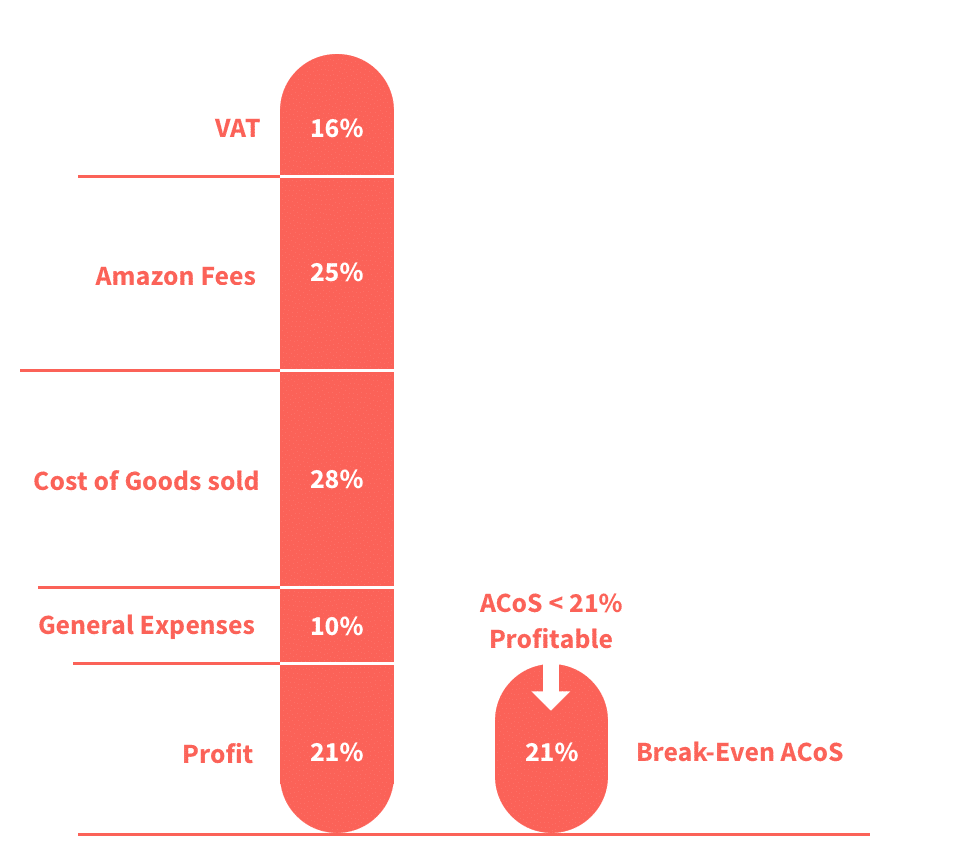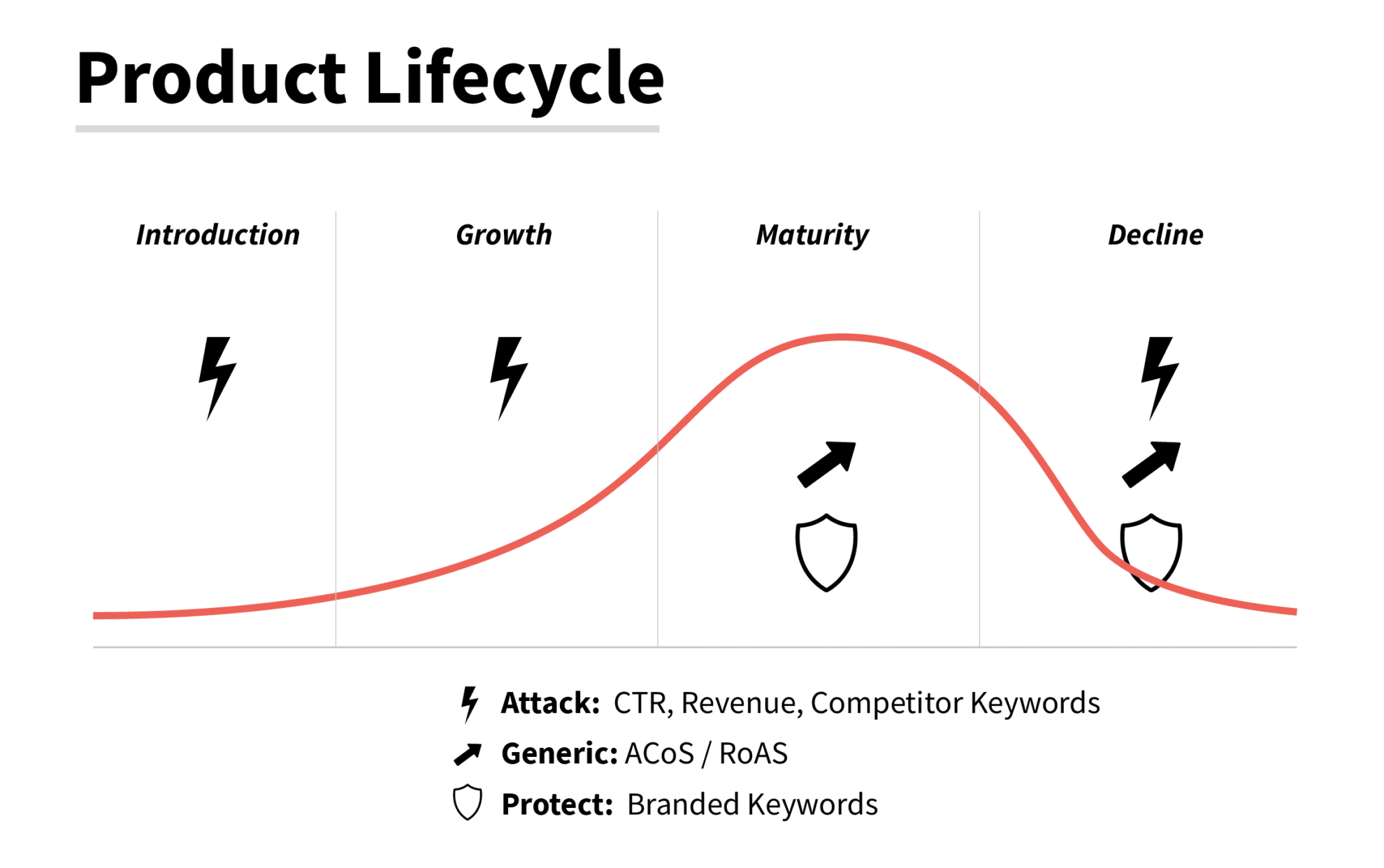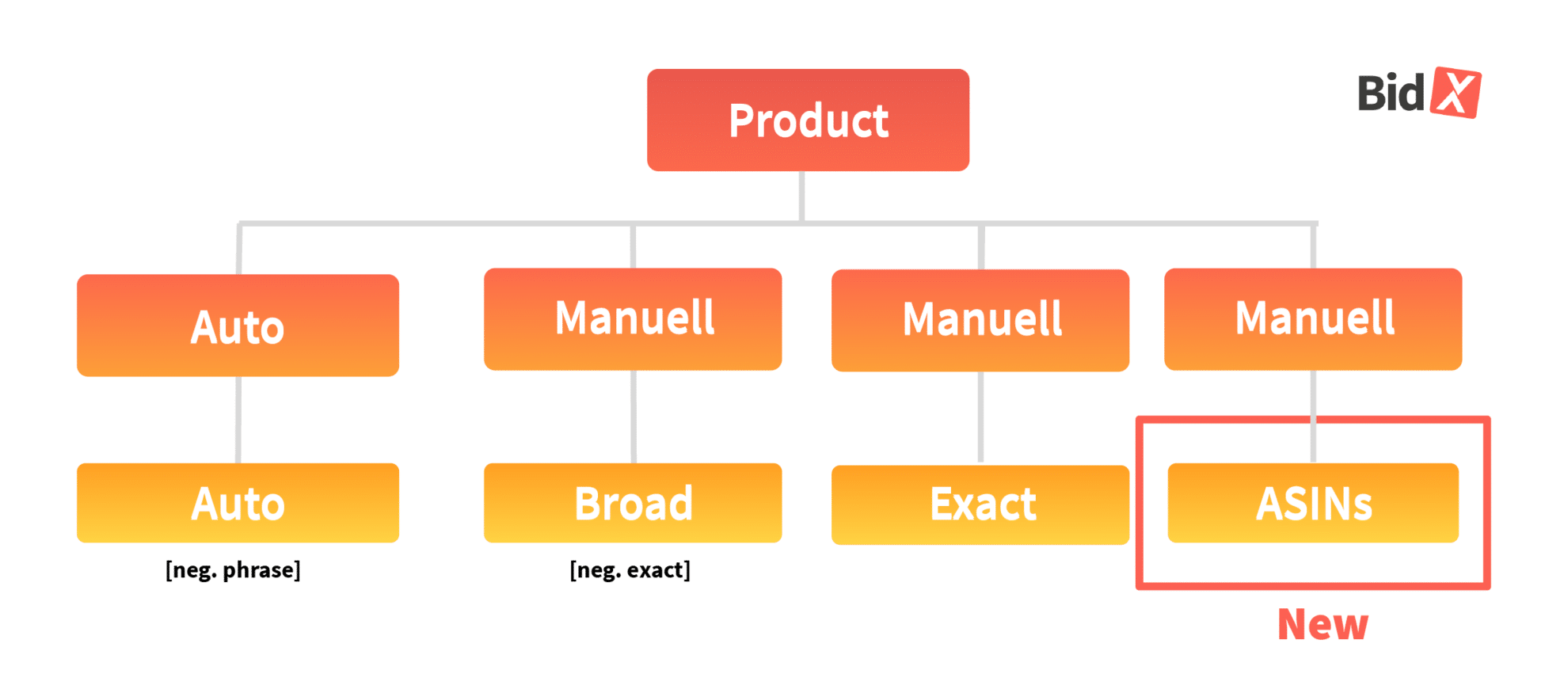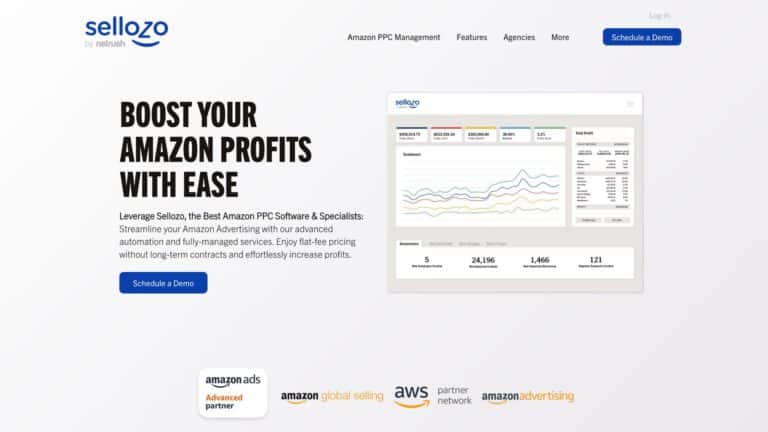Amazon offers merchants many opportunities to advertise their products on the platform.
With optimal use of all offered advertising formats, sales and profit increases are guaranteed.
However, this requires extensive knowledge of the advertising formats and their effectiveness as well as experience.
For both beginners and advanced sellers, the Amazon advertising world with all its facets and changes is often not easy to understand. Thus the large sales potentials often remain unused or the incorrect handling of advertisements even becomes a cost risk for retailers.
To prevent this from happening, we have compiled the five fundamental important tips and tricks for starting your advertising campaigns.
Define Your Goals and Develop a Strategy
Before you start creating advertising campaigns for your products, you should consider what you want to achieve with each ad for a product.
Ask yourself the following questions, among others:
- Should the ads make your product known during a new launch?
- Do you want to increase the sales or profit of your products?
- Do you want to strengthen the awareness of your company or your brand in comparison to the competition?
Only after these questions have been clarified, target-oriented campaigns can be created for your advertised products and budget and bids can be determined.
If, for example, your goal is the announcement of a new product, then it can make sense for your ad to be displayed frequently – regardless of whether the ad is actually profitable and the profit covers the advertising expenses.
The daily budgets and bids should then be relatively high to become visible to potential customers.
In contrast, a strategy aimed at increasing profits should keep a close eye on profitability and the ACoS (Advertising Cost of Sale).
Before the retailer sets up his campaigns, he must know which Break Even ACoS his products have.
This is the point at which the advertising expenses do not exceed the product margin, i.e. no losses are made.
How Is the Break Even ACoS Calculated?
All taxes, costs and fees are deducted as a percentage from the product costs.

After deduction of costs – and before deduction of advertising costs – the profit for the product in our example is 21%.
This percentage is also the Break Even ACoS.
If the ACoS for a campaign in this case is over 21%, the campaign is no longer profitable and the initially defined goal of making a profit is missed at that point.
In a nutshellSpecify Your Goals
Before creating your advertising campaigns on Amazon, think about what goals you are pursuing with the ads and products. Only then it is possible to determine your target ACoS, budgets and bids in a target-oriented way.
Consider the Product Lifecycle & Other Advertising Formats
Every product undergoes a so-called product life cycle, which consists of various phases from product launch to sales decline (withdrawal from the market).
Depending on the phase of a product, the advertising strategy on Amazon should also be adapted.

The most common advertisements on Amazon are the Sponsored Products.
However, merchants can choose from a total of three formats – Sponsored Products, Sponsored Brands and Product Display Ads (for Amazon vendors only).
When launching products and in the initial phase, as described above, it should be considered to pursue an aggressive advertising strategy and to get many impressions through high bids and budgets.
In addition to Sponsored Products, Sponsored Brands can also be used to gain brand awareness when, for example, a completely new brand has been introduced.
After the product or brand is established and sales figures increase, the advertisements should become profitable in the maturity phase with regard to the ACoS in order to generate profits with them.
In order to “defend” its brand/product from competition, Product Display Ads can also be placed on a competitor’s product detail page under the Buy Box.
In addition, keywords of the competition, such as its brand name, can be included in the own keyword set.
If the market is saturated, sales of the product are declining sharply and no product relaunch is planned, special attention should be paid to ensuring that the advertisements remain profitable.
Bids and budgets can remain the same or be reduced to continue making profits.
You can also try to pursue an aggressive strategy with high bids and budgets in order to get the few interested parties for the “expiring” product before the competition.
In a nutshellStrategies Depend on the Product Lifecycle
Depending on the status in the product life cycle, different advertising formats and strategies can be used to optimally place advertisements. In addition to Sponsored Products, there are also Sponsored Brands and Product Display Ads that can be placed. Note: not every Amazon salesperson can use all three formats. Product Display Ads, for example, are only available for vendors. The Sponsored Brands require a successful participation in Amazon's Brand Registry program.
Create a Meaningful Campaign Structure
Advertisements on Amazon can be created by different structures.
Each structure consists of campaigns, ad groups, match types and keywords or targets.
Advertisers can choose whether they want to create a separate campaign for each ad group or combine several ad groups in one campaign.
The goal is to find a structure that is both easy to set up and easy to manage in the future.
We recommend that you create a campaign for each ad group.
This means that four campaigns are created per product: one automated and three manual campaigns.
The third manual campaign should contain only ASINs of competing products.
So your product will be displayed on their product detail pages. Amazon introduced this possibility at the beginning of the year.

The advantage of these three manual campaigns is that the budget can be controlled.
Because the budget can only be controlled at campaign level!
Therefore you should “separate” the Exact and Broad ad group from each other.
Otherwise it is possible that Amazon uses up your daily budget within a few hours for high-bidding exact keywords and the broad keywords in the other ad group are no longer delivered.
If a separate campaign is created for each ad group, each campaign can also have its own daily budget. In addition, the performance of the campaigns is easier to read.
Set Negative Keywords
Negative keywords generally prevent your ad from appearing after entering search terms.
You should set negative keywords that do not match your products or perform poorly.
Don’t use the negative keywords too hastily, because in some cases a keyword can still be useful, even if it doesn’t seem so at first.
You should also make sure that you set the exact keywords in the Broad campaign as negative exact keywords and in the Auto campaign as negative phrase keywords.
This allows you to precisely control your bid for a keyword and prevents double play-outs.
Otherwise, the keywords from all ad groups would be played out simultaneously with bids that vary.
This is counterproductive for the evaluation of the performance, since the ad delivery, to put it casually, takes place “at different campaigns” and the data is not summed up.
So it takes longer until conclusions about the performance can be drawn.
Continuously Analyze Your Performance
Amazon ads are dynamic, i.e. their placements and performance can change in real time depending on competition bids, click-throughs and sales figures.
It is therefore obvious that the key performance indicators of advertising campaigns must be regularly monitored in order to be able to react to changes.
So you should analyze search terms and keywords regularly – search terms that perform very well and less well should be shifted into manual ad groups.
Then you can increase their bids accordingly (for many orders that are due to the keyword) or decrease them accordingly (for few or no orders that are due to the keyword).
Important: Adjustments should not be made random (after 1-2 clicks or a single day), but on the basis of long-term performance data gained from the past.
This means that a certain number of clicks is required to recognize a pattern in the search and click behavior of customers.
So give your campaigns some time to generate enough clicks and orders before you start making adjustments.
Optimization Through Automation
Since the manual administration of keywords and their bids is probably one of the most time-consuming activities when optimizing Amazon advertising, it is often neglected.
In addition, it is almost impossible to analyze hundreds of products and keywords manually.
A bid management tool like BidX can do all the work for you.
Once keywords have been entered (i.e. added to campaigns), bids for keywords with a high conversion rate, for example, can be automatically increased and bids for unprofitable keywords lowered in order to distribute the advertising budget as efficiently as possible.
The automated adjustments are based on a previously defined target ACoS or a monthly advertising budget.
This is a guest post by BidX.




